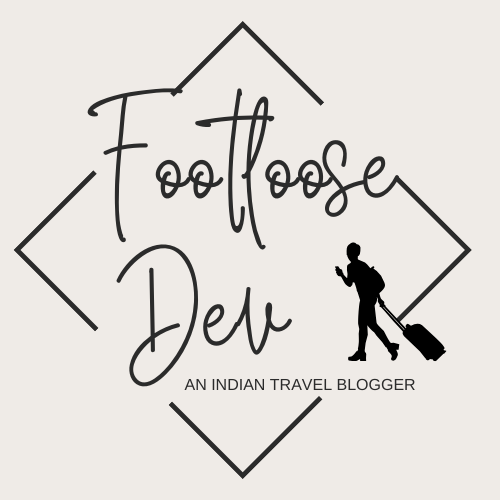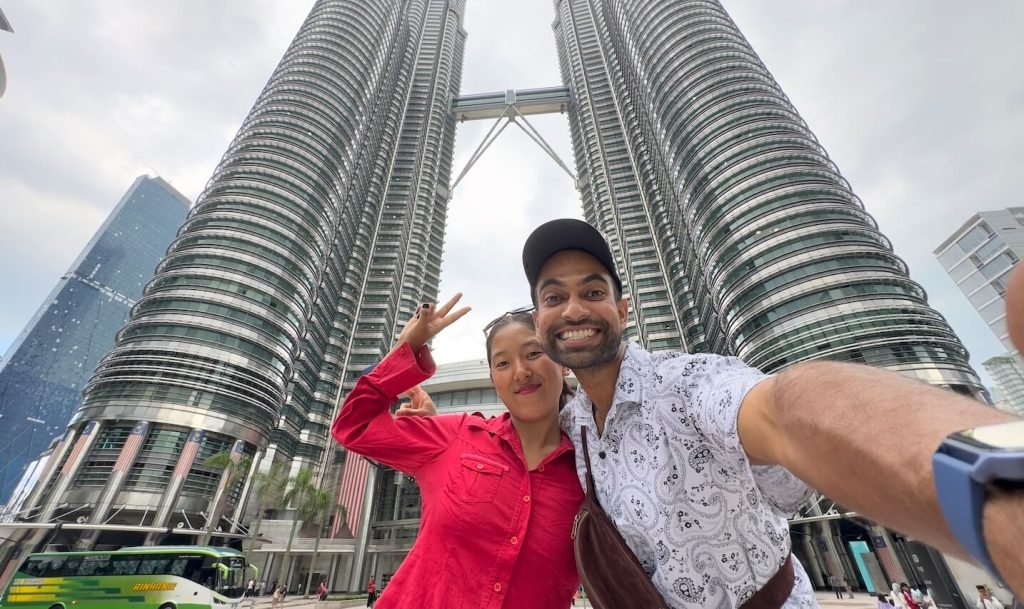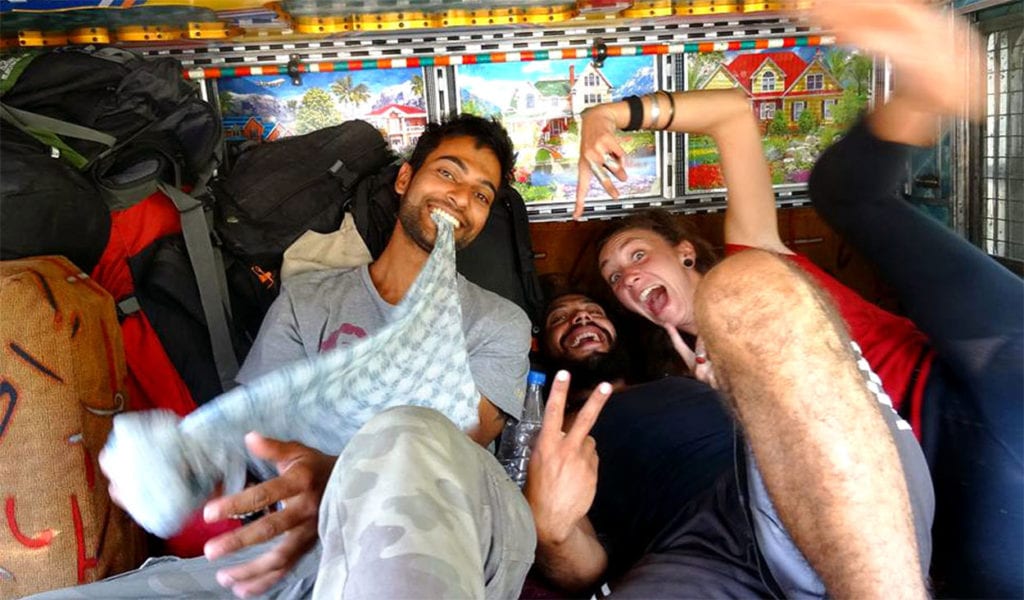Nestled in the heart of the Zanskar Valley in Ladakh, Padum is a serene town offering stunning views of rugged mountain landscapes, ancient monasteries, and a rich cultural heritage influenced by Tibetan Buddhism.
It is one of the remote yet captivating destinations in Ladakh, for trekkers, adventure enthusiasts, and those seeking spiritual solace.
Padum: An Overview of The Town
Situated at an altitude of approximately 3,500 meters, Padum was once the capital of the ancient kingdom of Zanskar. It serves as the administrative center and the largest town in the Zanskar region, with a population of just a few thousand people.
Surrounded by towering Himalayan peaks, it’s a place where you can experience a blend of Buddhist spirituality, history, and scenic beauty. The town has two distinct parts: the old town with its traditional mud-brick homes and the newer area with growing modern amenities to cater to tourists.
Until 2019 (before BRO built a road at Shinkula Pass) hardly any tourists were visiting Padum. Watch this video below for road conditions I attempted to enter Zanskar via Shinkula Pass, back in 2019. Please note, that the conditions have drastically changed now. You will now find very good roads and a National Highway here instead of muddy roads as shown in the video below…
Here is a comparison of the same route (while passing through Shinkula Top) in 2024 in the video below. This will give you a fair idea of the improvements in Road Conditions across Zanskar and while going to Padum, from Manali or Lahaul Valley in Himachal.
Of late, with better road connectivity, Padum has gained popularity among people exploring the Ladakh region. It’s believed that once the Shinkula Tunnel is open (work began in 2024 and is expected to take a few years before the tunnel will be open to the public) Padum is going to be the next popular town among Indian tourists. No wonder, there are enough places to see in Padum.
If you have a question or would like to connect, please find me on Instagram. You can also follow my YouTube channel for video updates.
History of Padum & Zanskar
Padum’s history is intricately linked to the ancient kingdom of Zanskar, which played a significant role in spreading Buddhism across the region. This town and the surrounding valley have been influenced by both Indian and Tibetan Buddhist traditions over centuries.
The ruins of ancient palaces, old monasteries, and historical sites around Padum stand as testaments to the town’s royal and religious past.
Key historical highlights include its connection to the Kushan Empire and its importance as a spiritual hub for Buddhism.
Places To See In & Around Padum
Padum is a gateway to several important religious and cultural sites in the Zanskar Valley. Other than mesmerizing mountain and valley views, some of the must-visit places in Padum include:
Pibiting Gompa
Just a short walk from the main town, this small yet significant monastery is located atop a hill, providing a panoramic view of the town. It is an excellent introduction to the Buddhist spiritual essence that dominates Zanskar.
Zanskar Palace
The ancient Zanskar Palace is perched on a small hill in Padum’s old town. Though mostly in ruins today, it’s a great spot to watch sunsets and contemplate the town’s royal past.
Stakrimo Gompa
Located on a ridge overlooking Padum, this lesser-known monastery offers a tranquil atmosphere for visitors seeking solitude. It is also known for its ancient Buddhist murals.
Five Dhyani Buddha Rock Carvings
These intricate rock carvings date back to the 8th century and depict the five Dhyani Buddhas. They are located on a cliff near Padum and are an important spiritual and historical landmark.
Karsha Monastery
One of the largest and most influential monasteries in Zanskar, Karsha Gompa sits atop a hill overlooking the valley. It houses nearly 100 monks and is known for its beautiful murals and annual Gustor Festival.
Zangla Palace
A 35-kilometer drive from Padum, Zangla was once the secondary capital of the Zanskar kingdom. The crumbling palace atop a hill offers breathtaking views of the surrounding valley. Parts of the palace are broken so you cannot go inside but it’s still worth visiting to see the beautiful leftovers of the place.
Sani Gompa and Lake
Located 6 kilometers from Padum, Sani Gompa is considered the oldest monastery in Zanskar, believed to have been founded by Emperor Kanishka. The nearby Sani Lake offers a peaceful retreat for visitors(
Vargis Khan.
Dzongkhul Monastery
This cave monastery is renowned for its 300-year-old murals and stunning location in the Stod Valley, about 37 kilometers from Padum. It’s a fascinating stop on the way to the Umasi La Pass.
Stongdey Monastery
Situated 18 kilometers from Padum, Stongdey Monastery is the second-largest in Zanskar and offers incredible 180-degree views of the valley. The monastery also has accommodation for visitors.
Bardan Monastery
Located 12 kilometers from Padum, Bardan Monastery is a 17th-century gompa that features stunning statues and stupas. It is perched dramatically on a cliff beside the Zanskar River.
Phugtal Monastery
Known as the cave gompa, Phugtal Monastery is a spiritual gem hidden in the Zanskar Valley. It requires a 4-5 hour trek from the village of Anmu, making it a destination for adventurers.
It is also worth visiting the confluence at Purne, from where the road to Phugtal monastery begins.
Gumbo Ranjan
This unique rock formation stands like a lone sentinel in the vast Zanskar landscape, offering an exciting challenge for rock climbers and trekkers. This mountain holds a religious significance for locals in Zanskar. The mountain also provides a very unique place for Instagrammers and photographers to capture moments. It is possible to go camping in Gombo Rangjan. Those wanting to stay in a guesthouse close to Gombo can find a homestay in the nearby village of Kurgiakh.
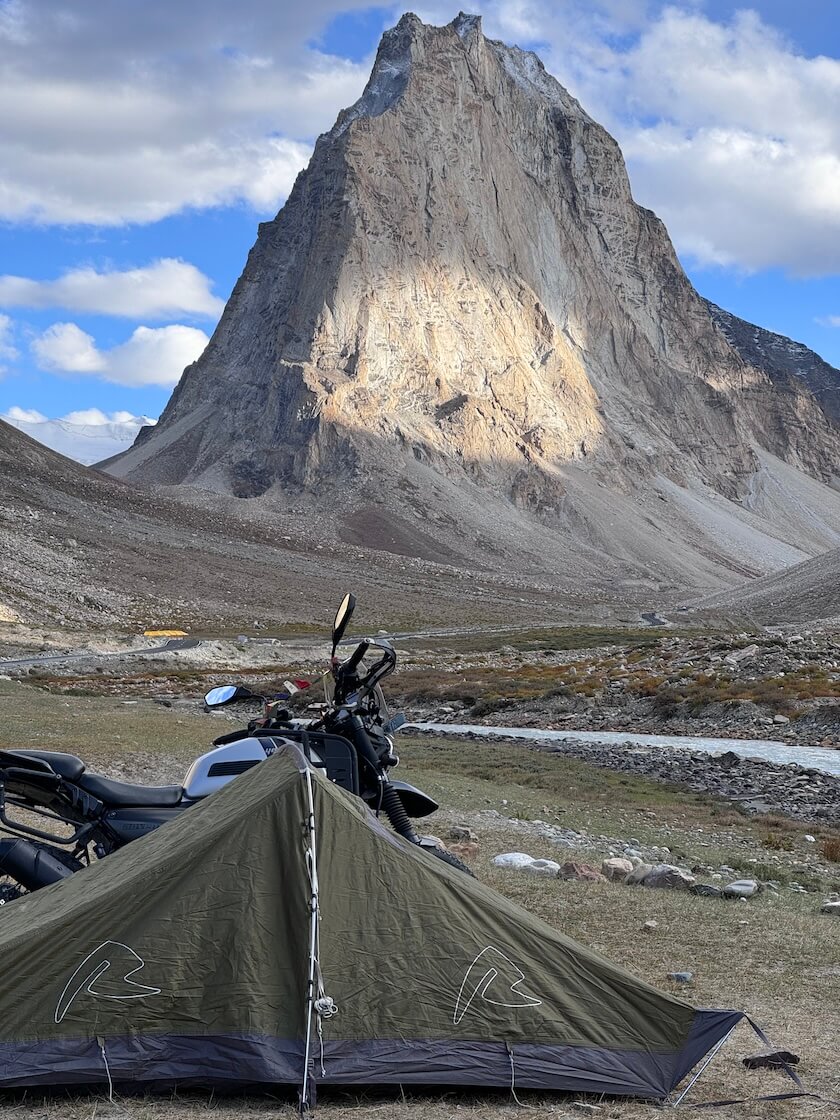
Hotels in Padum
Though Padum is a remote destination, it offers basic accommodations to suit different types of travelers. Small guesthouses and hotels provide comfortable lodging with modern amenities like hot water and electricity. Some hotels also offer guided treks and expeditions in the valley.
Homestays in Padum
For a more immersive experience, travellers can opt for homestays in and around Padum. These provide a glimpse into local life, allowing you to enjoy traditional Zanskari meals and interact with the warm and welcoming locals.
You will find many homestays across the town. Most of them charge around 1000 or 1500 per person per night including a few meals.
Please expect comparatively basic living conditions in a homestay in Padum as compared to a hotel. This particularly includes dry toilets or inaccessibility of running water. Moreover, expect local food with a big influence of Buddhist or sometimes Muslim culture.
I can share the number of a homestay we stayed at on Mazjid Road in Padum. The homestay was very clean and the owners were super-humble. Here’s the number: 9149736271. If you are not happy with the price they tell you, show them our photo below and tell them you got the number from me. You will be taken care of…
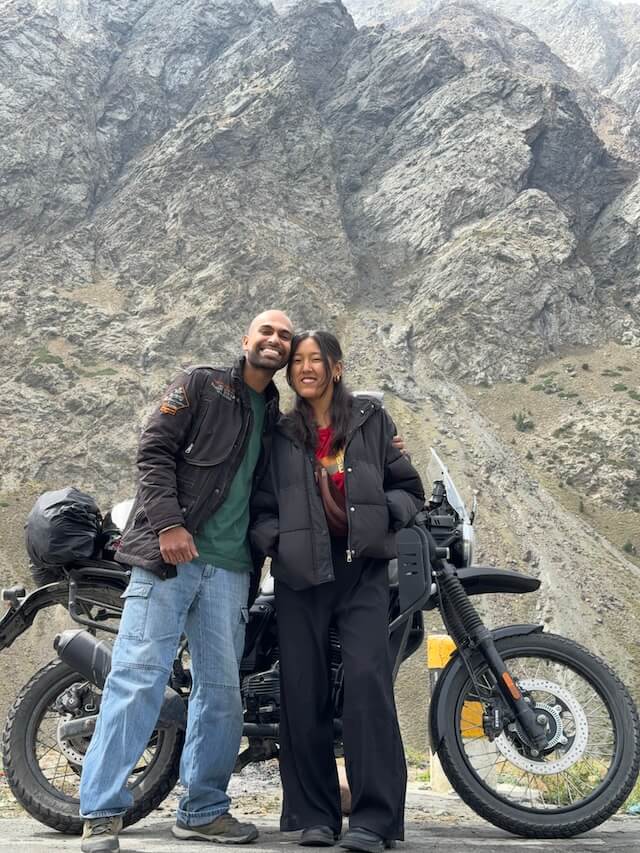
Lamayuru to Padum Trek
This trek is one of the most popular routes in Ladakh, connecting the village of Lamayuru to Padum over 8-10 days. It’s a challenging trek, but the spectacular scenery, high mountain passes, and remote villages make it worthwhile.
It is possible to book this trek (though rarely attempted now) through one of the travel agencies in Leh.
Conclusion
Padum is a place where ancient history, spirituality, and nature converge. Whether you’re here to visit its sacred monasteries, embark on thrilling treks, or simply soak in the natural beauty, Padum offers a unique escape into the timeless world of Zanskar.
Despite its remote location, the town’s growing infrastructure ensures that your stay will be comfortable and memorable. Expect accessibility for things like you find in Leh in a few years as road conditions improve and more and more tourists start visiting Zanskar. This will particularly happen after the completion of Shinku La tunnel.
